Best Timing for Masonry Repairs
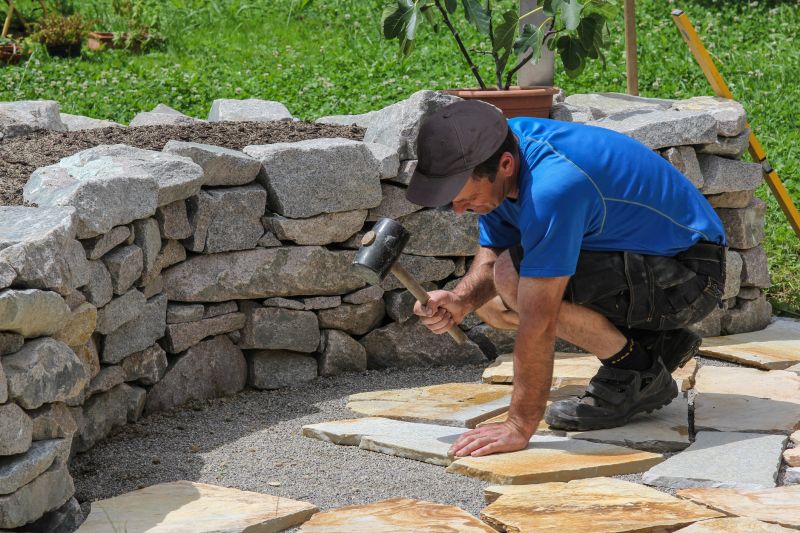
Spring offers moderate temperatures and stable weather conditions ideal for masonry work.
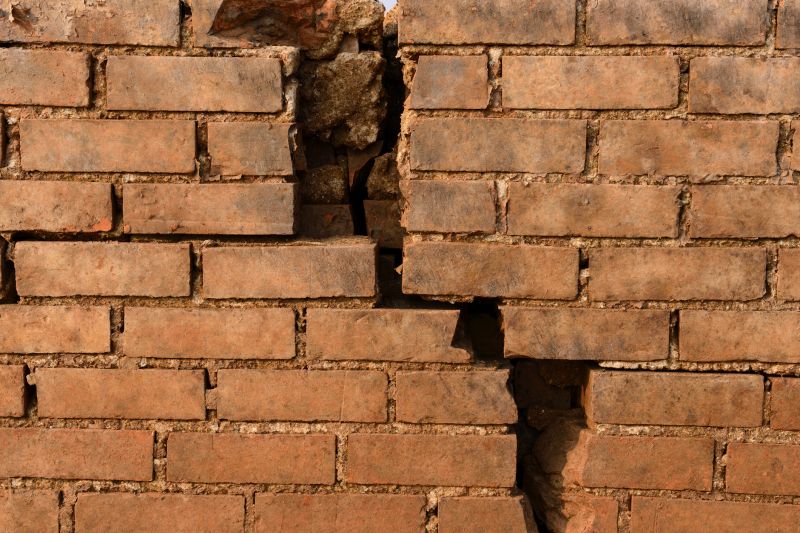
Warm weather allows for quicker curing times, but high heat can pose challenges for some repairs.
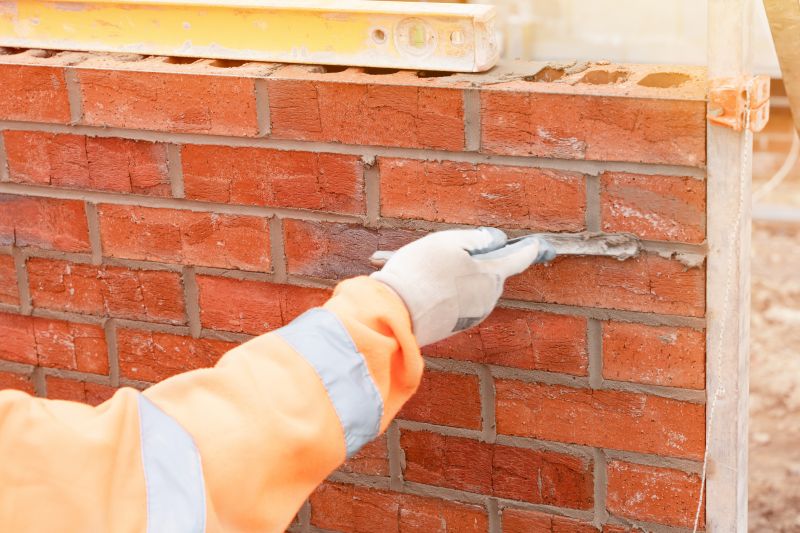
Mild temperatures and lower humidity make fall suitable for masonry repairs before winter.
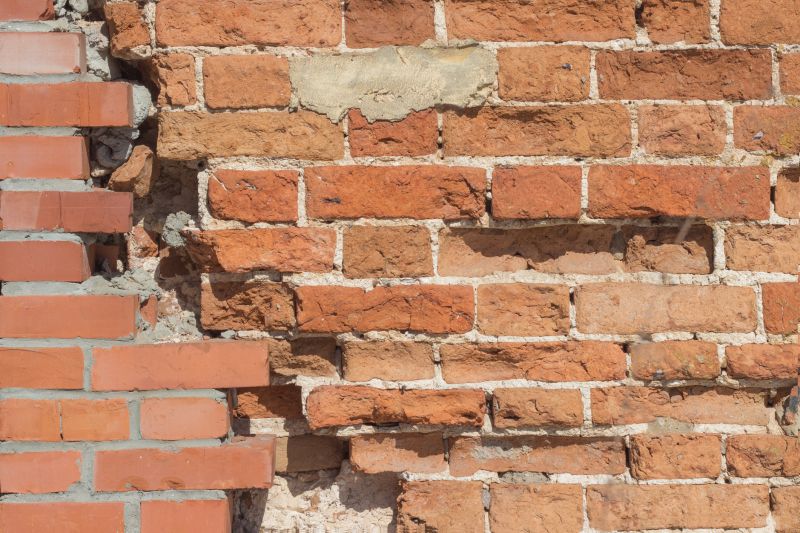
Ways to make Masonry Repairs work in tight or awkward layouts.

Popular materials for Masonry Repairs and why they hold up over time.
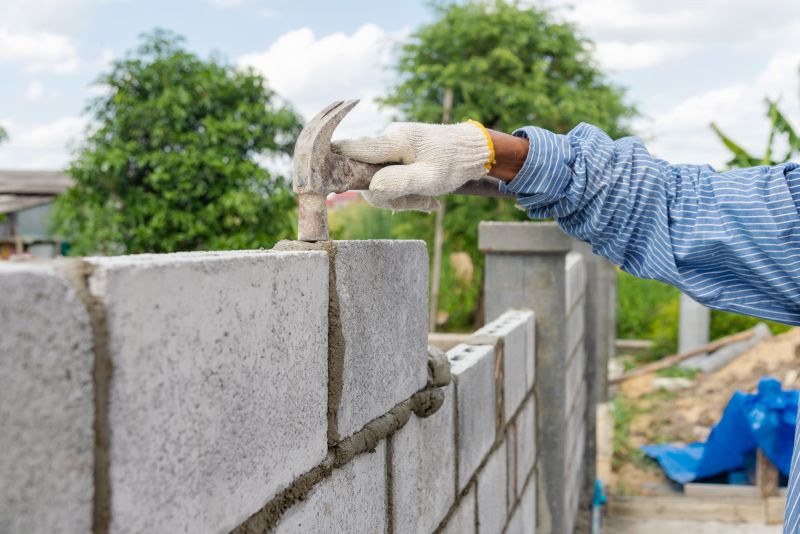
Simple add-ons that improve Masonry Repairs without blowing the budget.

High-end options that actually feel worth it for Masonry Repairs.
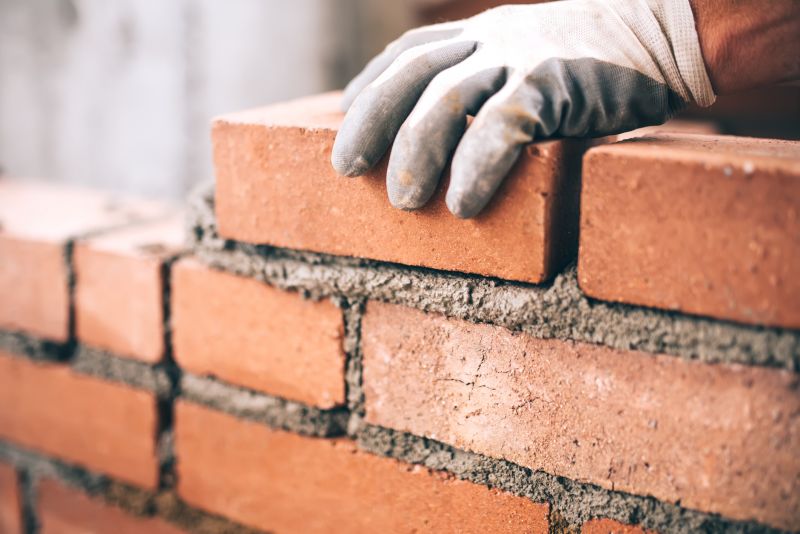
Finishes and colors that play nicely with Masonry Repairs.
Masonry repairs involve restoring and reinforcing structures built with brick, stone, or concrete. Proper timing ensures optimal results, extending the lifespan of the masonry and preventing further damage. Weather conditions significantly influence the success of repairs, with temperature, humidity, and precipitation being key factors.
Statistics indicate that masonry repairs conducted during favorable weather conditions can last longer and require fewer follow-up interventions. For example, repairs made in optimal conditions have shown a 30% reduction in early deterioration compared to repairs done during adverse weather periods.
Extreme cold or heat can cause materials to crack or cure improperly, affecting durability.
Temperatures between 40°F and 85°F with low humidity are ideal for most masonry work.
Choosing the right season can prevent delays and ensure proper setting of mortar and other materials.
Scheduling repairs during suitable weather minimizes risks of moisture infiltration and material failure.
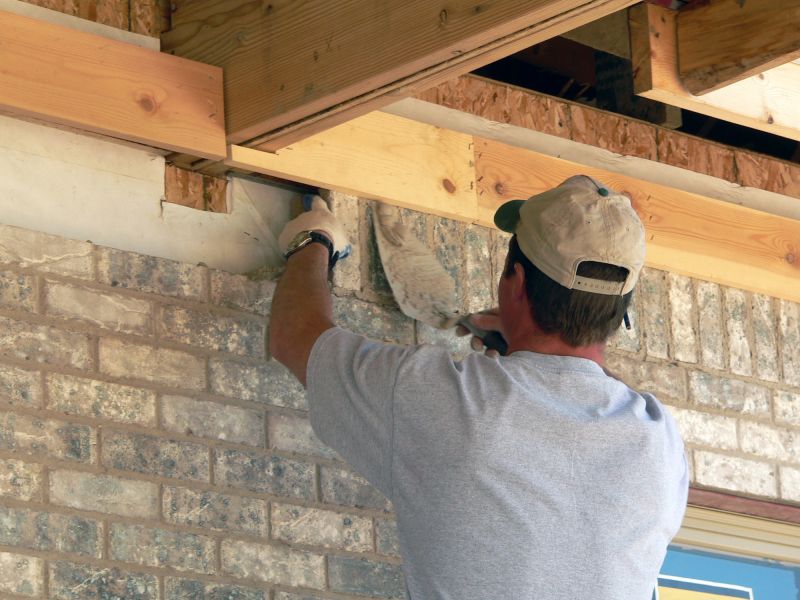
A mason applying mortar during optimal weather conditions.
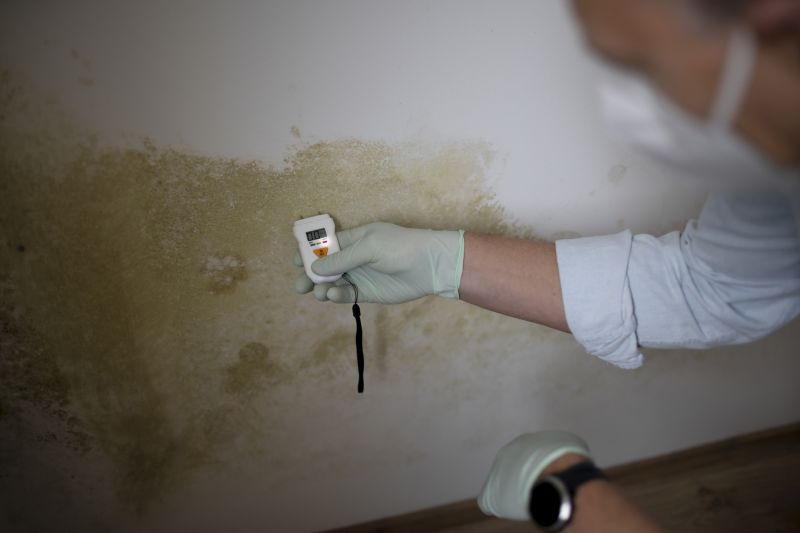
Tools used to ensure ideal conditions for masonry repairs.

Preparing structures for seasonal changes to prevent damage.
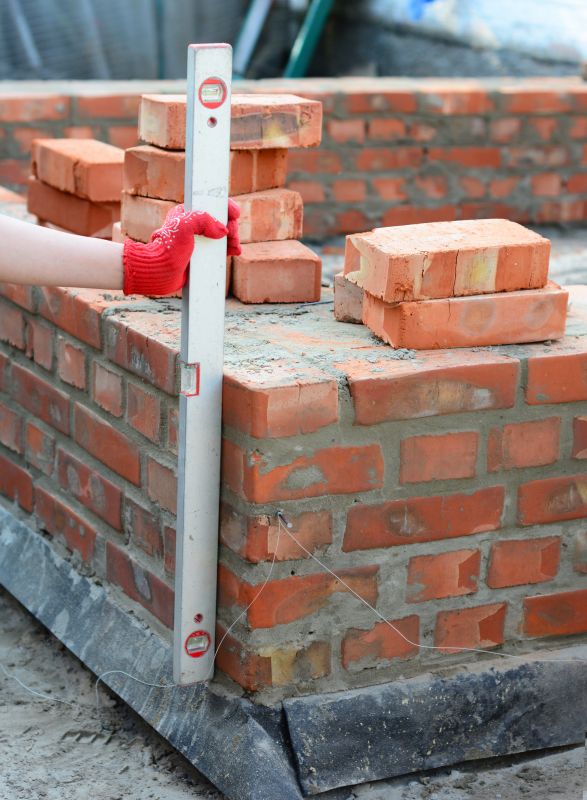
Protective measures taken before starting masonry repairs.
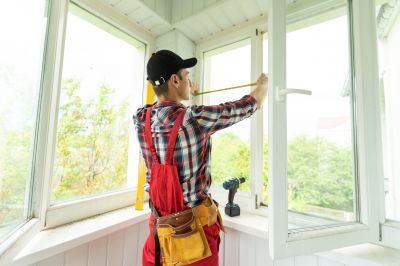
Little measurements that prevent headaches on Masonry Repairs day.
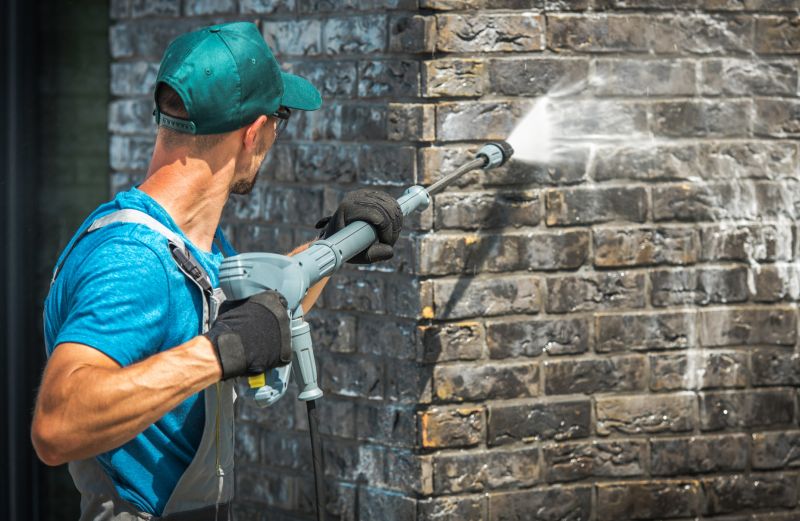
A 60-second routine that keeps Masonry Repairs looking new.

A frequent mistake in Masonry Repairs and how to dodge it.
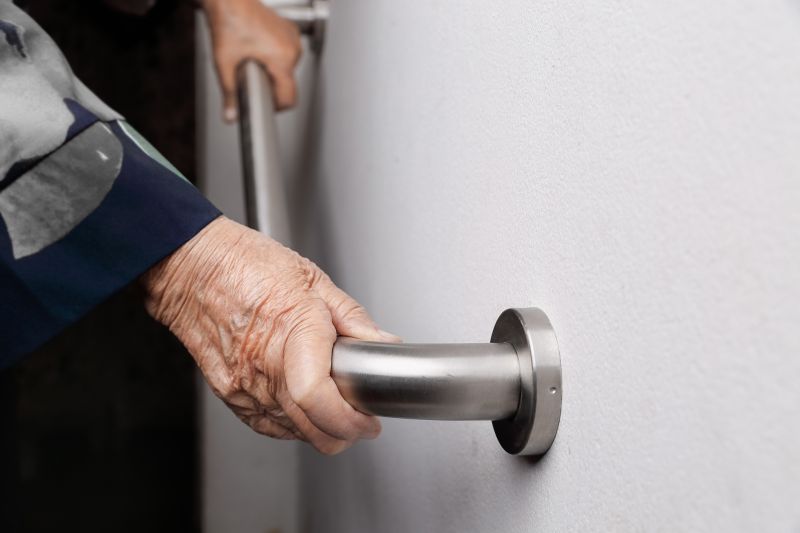
Small tweaks to make Masonry Repairs safer and easier to use.
| Season | Ideal Conditions |
|---|---|
| Spring | Moderate temperatures, low humidity, dry weather |
| Summer | Warm temperatures, avoid extreme heat, low rain |
| Fall | Mild temperatures, low humidity, dry conditions |
| Winter | Not recommended due to freezing temperatures and moisture |
Choosing the right time for masonry repairs ensures better adhesion, curing, and longevity of the repair work. Proper scheduling can also help avoid delays caused by weather disruptions, leading to more efficient and cost-effective projects.
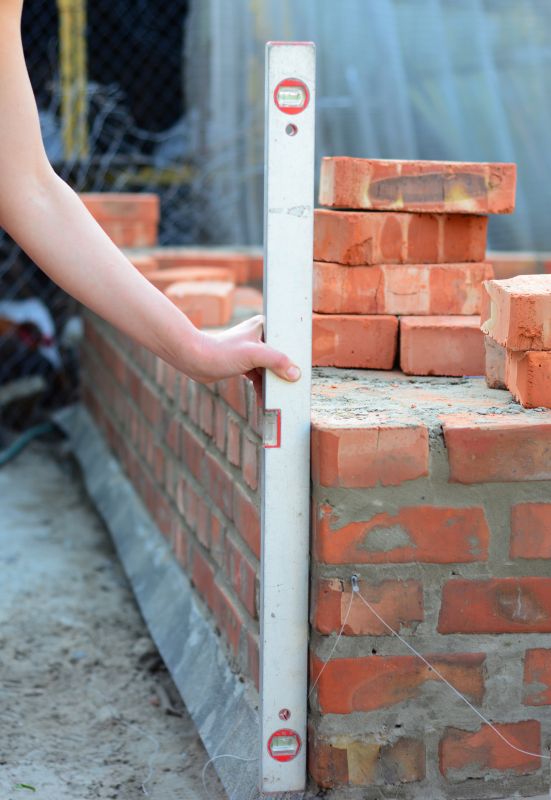
A restored brick wall showing durability after proper repair timing.
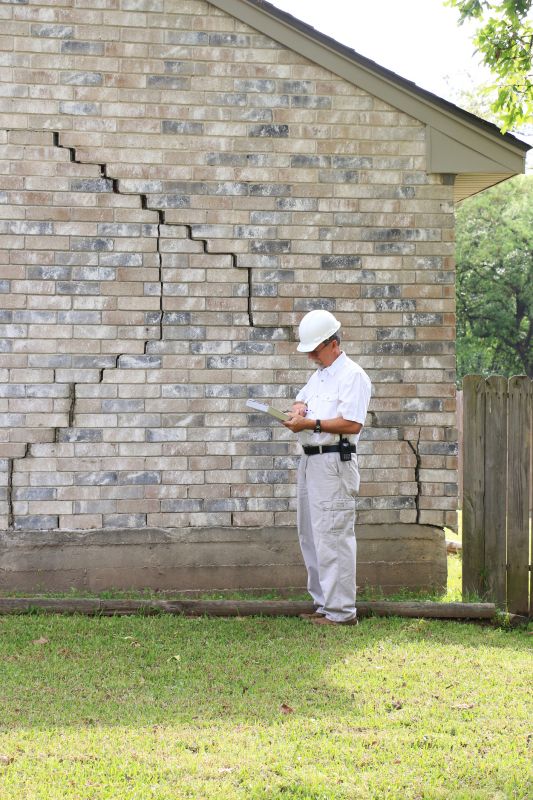
Assessing structures before scheduling repairs.
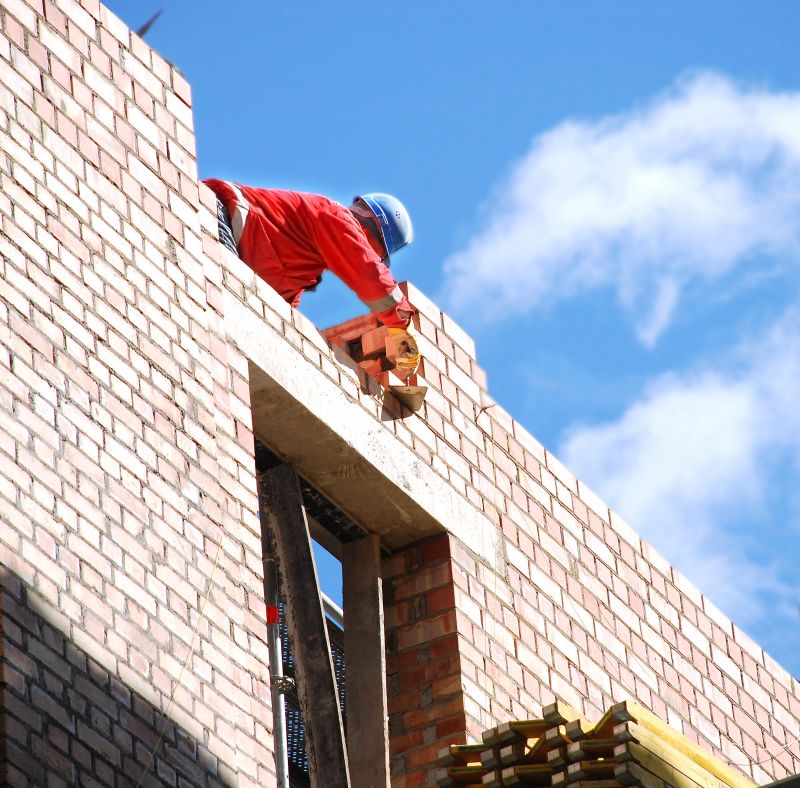
Monitoring tools used during masonry work.

Scheduling repairs based on seasonal forecasts.
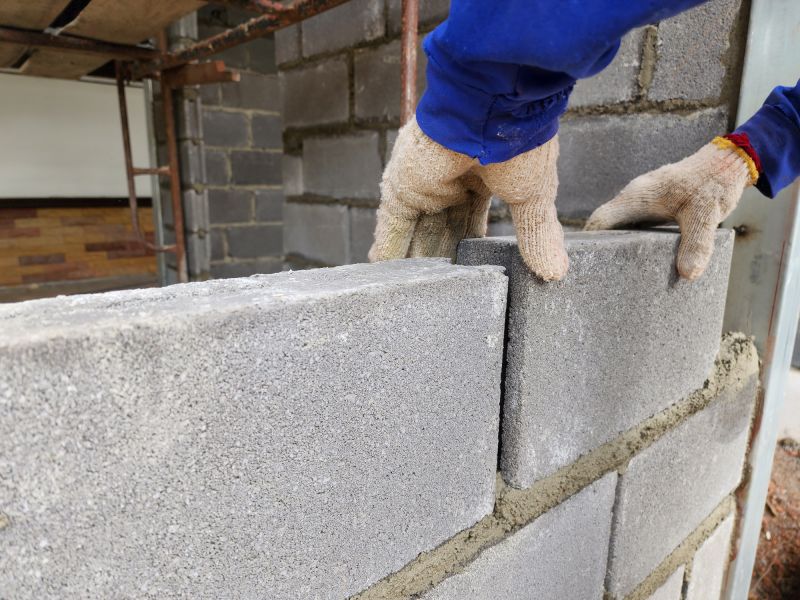
Lower-waste or water-saving choices for Masonry Repairs.
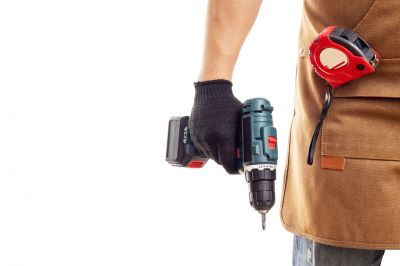
The short, realistic tool list for quality Masonry Repairs.
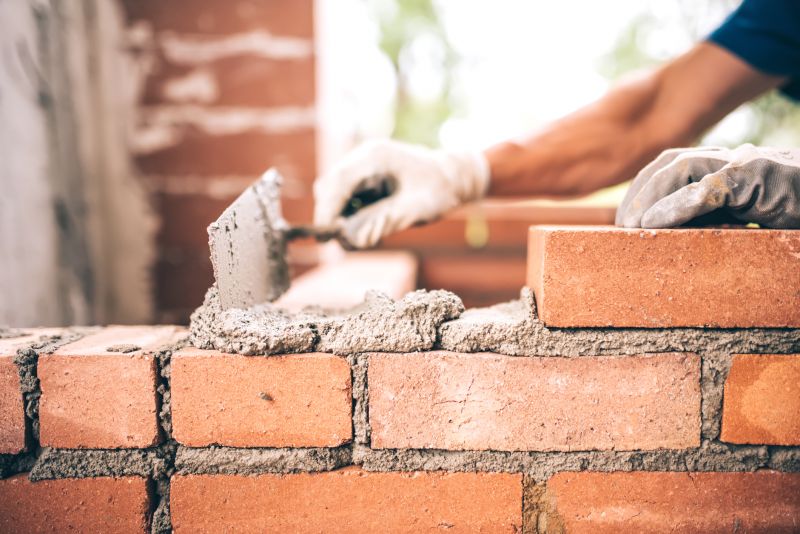
Rough timing from prep to clean-up for Masonry Repairs.
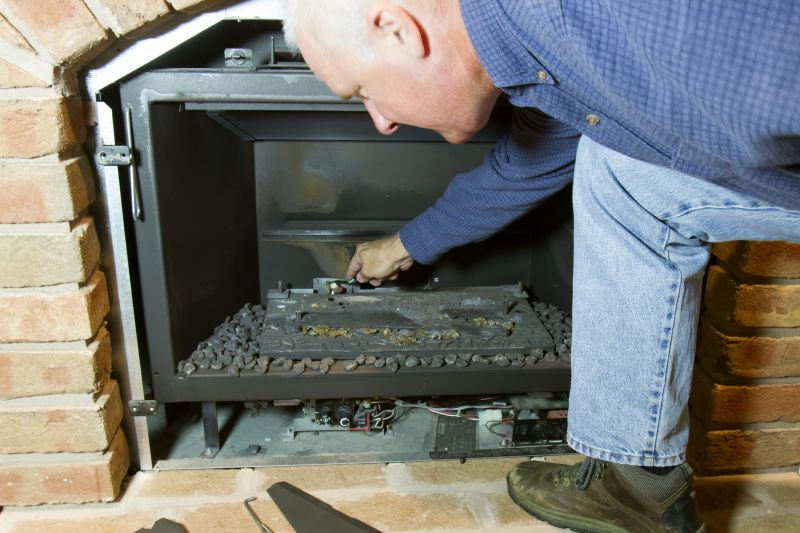
Quick checks and paperwork to keep after Masonry Repairs.
Interested in masonry repairs? Filling out the contact form can provide additional information and assistance in planning repairs at the optimal time for durability and quality.



